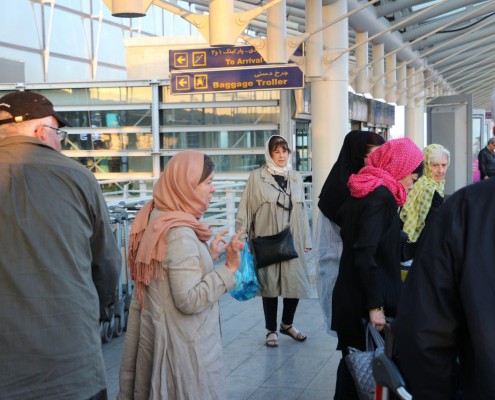 https://irandoostan.com/dostcont/uploads/2016/04/photo_2016-04-05_09-37-05.jpg
853
1280
Travel to Iran
https://irandoostan.com/dostcont/uploads/2025/05/Irandoostan-logo.webp
Travel to Iran2016-04-05 05:41:302023-12-18 08:55:25From New York Museum to Tehran for Modern Iranian Art
https://irandoostan.com/dostcont/uploads/2016/04/photo_2016-04-05_09-37-05.jpg
853
1280
Travel to Iran
https://irandoostan.com/dostcont/uploads/2025/05/Irandoostan-logo.webp
Travel to Iran2016-04-05 05:41:302023-12-18 08:55:25From New York Museum to Tehran for Modern Iranian Art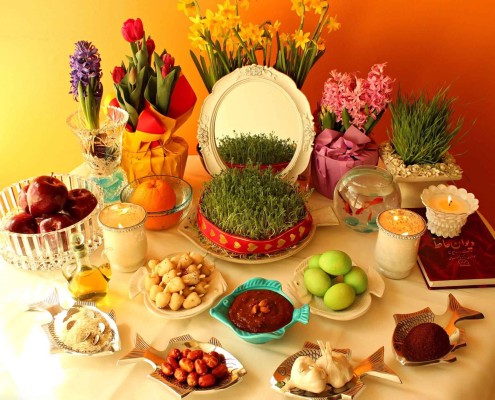 https://irandoostan.com/dostcont/uploads/2016/03/nowruz-haft-seen-new95.jpg
1462
1920
Travel to Iran
https://irandoostan.com/dostcont/uploads/2025/05/Irandoostan-logo.webp
Travel to Iran2016-03-14 08:20:182025-04-13 15:26:54Nowruz, Persian New Year
https://irandoostan.com/dostcont/uploads/2016/03/nowruz-haft-seen-new95.jpg
1462
1920
Travel to Iran
https://irandoostan.com/dostcont/uploads/2025/05/Irandoostan-logo.webp
Travel to Iran2016-03-14 08:20:182025-04-13 15:26:54Nowruz, Persian New Year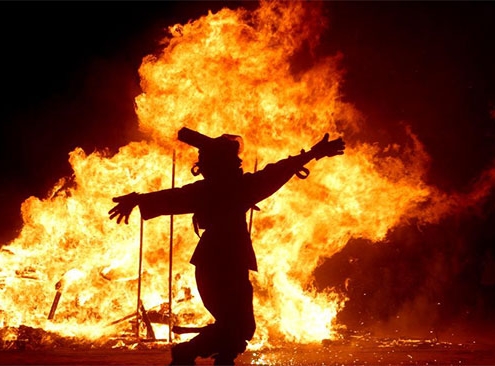
Chaharshanbe Suri (Meaning, Origins, Photos)
Traveling to Iran on the last days of the Iranian year, you will…
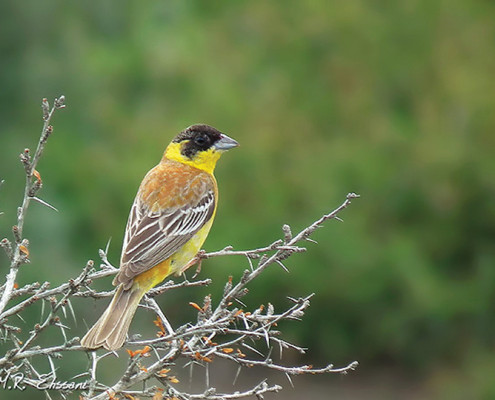 https://irandoostan.com/dostcont/uploads/2016/02/Iran-Bird-1.jpg
540
720
Travel to Iran
https://irandoostan.com/dostcont/uploads/2025/05/Irandoostan-logo.webp
Travel to Iran2016-02-24 11:34:372025-05-06 10:14:28Birds of Iran + Photos
https://irandoostan.com/dostcont/uploads/2016/02/Iran-Bird-1.jpg
540
720
Travel to Iran
https://irandoostan.com/dostcont/uploads/2025/05/Irandoostan-logo.webp
Travel to Iran2016-02-24 11:34:372025-05-06 10:14:28Birds of Iran + Photos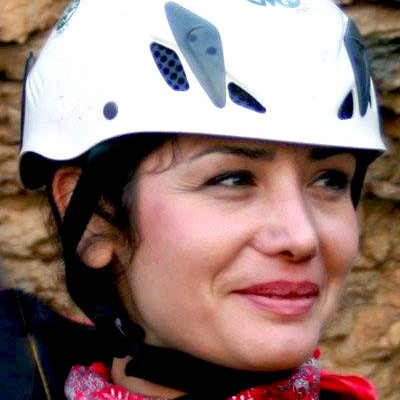 https://irandoostan.com/dostcont/uploads/2016/02/leila.jpg
540
400
Mina Bagheri
https://irandoostan.com/dostcont/uploads/2025/05/Irandoostan-logo.webp
Mina Bagheri2016-02-16 07:46:162023-12-10 09:13:53To Leila Esfandyari, the Heroine of the Mountains
https://irandoostan.com/dostcont/uploads/2016/02/leila.jpg
540
400
Mina Bagheri
https://irandoostan.com/dostcont/uploads/2025/05/Irandoostan-logo.webp
Mina Bagheri2016-02-16 07:46:162023-12-10 09:13:53To Leila Esfandyari, the Heroine of the Mountains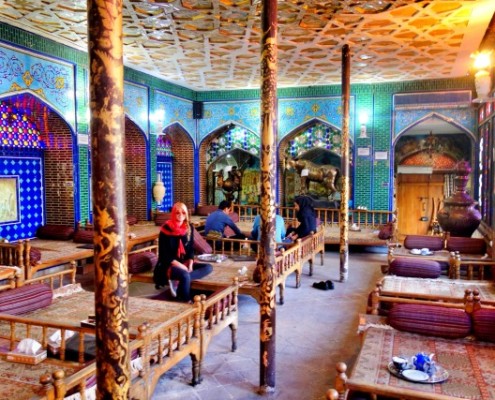
Iran, the Best Destination for Halal Tourism in the World
Whether choosing a tour to Iran for your Islamic Holidays or…

Sadeh Festival, a Celebration for Blessings (Date, History)
The 10th day of month Bahman in Persian calendar, 30th of January,…
 https://irandoostan.com/dostcont/uploads/2025/05/Irandoostan-logo.webp
0
0
Travel to Iran
https://irandoostan.com/dostcont/uploads/2025/05/Irandoostan-logo.webp
Travel to Iran2016-01-30 08:34:282023-12-18 16:07:11Aeropodium
https://irandoostan.com/dostcont/uploads/2025/05/Irandoostan-logo.webp
0
0
Travel to Iran
https://irandoostan.com/dostcont/uploads/2025/05/Irandoostan-logo.webp
Travel to Iran2016-01-30 08:34:282023-12-18 16:07:11Aeropodium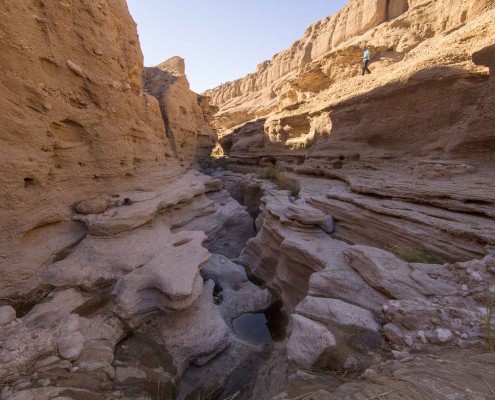 https://irandoostan.com/dostcont/uploads/2016/01/7.jpg
1133
1700
Mina Bagheri
https://irandoostan.com/dostcont/uploads/2025/05/Irandoostan-logo.webp
Mina Bagheri2016-01-27 10:42:542025-04-13 15:29:01Kal-e Jeni Valley, a Natural Attraction in Iran + Photos
https://irandoostan.com/dostcont/uploads/2016/01/7.jpg
1133
1700
Mina Bagheri
https://irandoostan.com/dostcont/uploads/2025/05/Irandoostan-logo.webp
Mina Bagheri2016-01-27 10:42:542025-04-13 15:29:01Kal-e Jeni Valley, a Natural Attraction in Iran + Photos
Persian Drinks to Escape the Summer Heat in Iranian Style
During the hot summer days, nothing is better than cooling off…

Wonderful Places in Iran to Visit + Photos
Iran is an enchanting land, rich in ancient heritage, breathtaking…
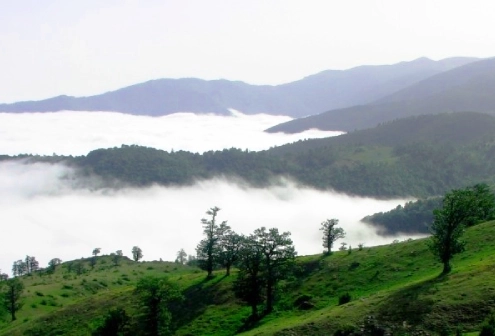
Why Visit Iran? The Reasons Why You Should Visit Iran
“One side Persian Gulf
The other Caspian Sea”
This…
 https://irandoostan.com/dostcont/uploads/2016/01/Sarakhiyeh-village2.jpg
402
595
Mina Bagheri
https://irandoostan.com/dostcont/uploads/2025/05/Irandoostan-logo.webp
Mina Bagheri2016-01-19 11:33:592025-04-13 15:29:49Sarakhyeh, Venice of Iran
https://irandoostan.com/dostcont/uploads/2016/01/Sarakhiyeh-village2.jpg
402
595
Mina Bagheri
https://irandoostan.com/dostcont/uploads/2025/05/Irandoostan-logo.webp
Mina Bagheri2016-01-19 11:33:592025-04-13 15:29:49Sarakhyeh, Venice of Iran
Persepolis City (Takht-e Jamshid): Iran’s Ancient Gem
Iran, the oldest nation of history and culture, is famous for…
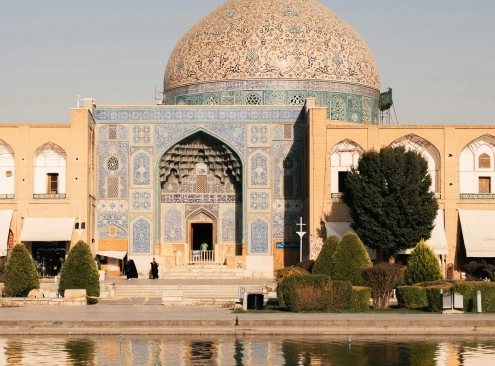
Naqsh-e Jahan Square, Isfahan (History, Photos, Location)
Naqsh-e Jahan Square, also known as Imam Square, is one of the…
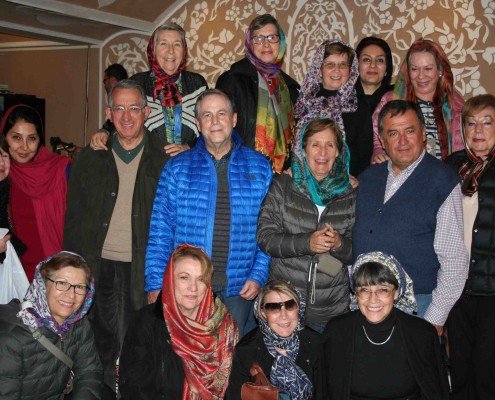 https://irandoostan.com/dostcont/uploads/2016/01/IMG_0089.jpg
2304
3456
Travel to Iran
https://irandoostan.com/dostcont/uploads/2025/05/Irandoostan-logo.webp
Travel to Iran2016-01-18 09:02:052023-12-18 08:55:59Iran welcomes Colombian tourists
https://irandoostan.com/dostcont/uploads/2016/01/IMG_0089.jpg
2304
3456
Travel to Iran
https://irandoostan.com/dostcont/uploads/2025/05/Irandoostan-logo.webp
Travel to Iran2016-01-18 09:02:052023-12-18 08:55:59Iran welcomes Colombian tourists https://irandoostan.com/dostcont/uploads/2015/12/bike-to-iran.jpg
330
850
Travel to Iran
https://irandoostan.com/dostcont/uploads/2025/05/Irandoostan-logo.webp
Travel to Iran2015-12-18 17:31:442024-02-05 09:40:22Bikers on the Road from Ace to Ace
https://irandoostan.com/dostcont/uploads/2015/12/bike-to-iran.jpg
330
850
Travel to Iran
https://irandoostan.com/dostcont/uploads/2025/05/Irandoostan-logo.webp
Travel to Iran2015-12-18 17:31:442024-02-05 09:40:22Bikers on the Road from Ace to Ace
Iran Mountain Ranges: From Alborz to Zagros
Iran mountain ranges are a dramatic and breathtaking part of…


